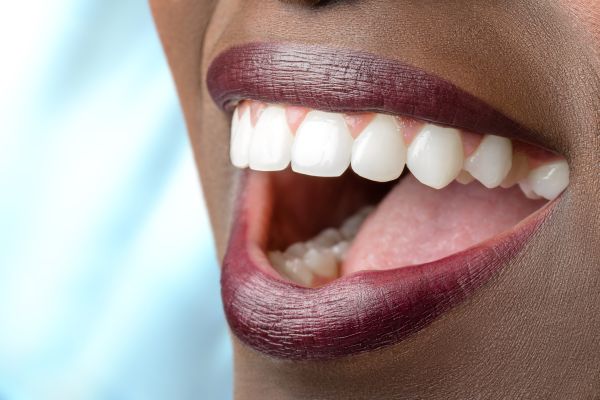Breaking Down a Full Mouth Reconstruction

A full mouth reconstruction can be an option for individuals who are not satisfied with their teeth’s appearance or function. A full mouth reconstruction consists of several steps and potential procedures. These include the initial consultation and a discussion with the dentist. It may also include procedures such as gum disease treatment, dental implants and porcelain veneers.
Initial consultation
At the initial consultation, the dentist will perform an examination and discuss the patient’s goals. The examination may include X-rays to help examine the patient’s bone and any remaining teeth.
The discussion will focus on what the patient wants to get out of the treatment and any fears the patient may have about dentists. Patients will also be asked about preferences for the end result. For example, some may wish to achieve a bright white smile. Others may be more concerned about the function of the teeth and wish for the most cost-effective solution.
During the exam, the dentist will take X-rays and photographs of the patient’s head and mouth. High-resolution photographs of the teeth can reveal irregularities that are not visible to the naked eye. These can include tiny cracks in the enamel of the teeth.
Gum disease treatment
Sometimes patients need a full mouth reconstruction because advanced gum disease has caused damage to the jaw and to the teeth. Treatment for gum disease may be necessary before the dentist will be able to move forward with the full mouth reconstruction. This may involve removing bacteria and plaque from both above and below the gumline. Antibiotics applied to the gums can also help kill off the bacteria that cause gum disease.
Dental implants with bone grafts
Dental implants can take the place of the roots of natural teeth in the jawbone and a crown can be placed over them. However, as people age, bone density can decrease. This means that some patients’ jawbones do not have enough bone to support an implant. This is where bone grafts come in.
In bone grafting, a dentist will take bone from either a donor or the patient’s own hard palate. By placing this graft on the weakest areas, the jaw will become strong enough to take dental implants. The dentist will often use a medicine to stimulate the growth of the bone.
Porcelain veneers
These are thin caps made of porcelain that go over the teeth. Veneers generally are used to cover the teeth in the front of the mouth. They can be used to fix teeth that are stained or otherwise unsightly. Veneers can also cover cracks, gaps or chips in the teeth.
Visit a dentist today for a full mouth reconstruction
There are many options available for a full mouth reconstruction. These range from dental implants to porcelain veneers and can help your smile look beautiful. By following your dentist’s instructions before, during and after the procedure, you can ensure that your smile will remain healthy as well. Consulting with a dentist is the first step to creating your new smile.
Request an appointment here: https://brimhalldentalgroup.com or call Brimhall Dental Group at (661) 249-1122 for an appointment in our Bakersfield office.
Check out what others are saying about our services on Yelp: Read our Yelp reviews.
Recent Posts
Are you considering getting dentures, or have you recently started wearing them? Maintaining good oral hygiene with dentures is essential for overall health and well-being. However, it is common to have questions about how to properly care for your dentures to protect your oral health.Like natural teeth, dentures need regular cleaning to prevent plaque buildup…
Dentures are one of the leading tooth replacement options. The process of getting them from consultation to final fitting may look a little different for everyone, depending on factors like the type of denture the patient chooses and any preparation needed. If you are considering dentures, this process overview will give you a general idea…
A visit to a cosmetic dentist is the first step in improving your smile. These dental professionals offer a range of services designed to enhance the appearance of teeth, gums, and bite alignment. Whether you want to remove stains, reshape teeth, or create a more symmetrical smile, the process starts with a thorough consultation and…
There are more tooth replacement options available today than ever before. Still, a large number of patients still opt for traditional dentures. This option offers advantages other tooth replacements do not, and these advantages make dentures a better choice for some patients.What is meant by “traditional dentures”Traditional dentures are custom-made appliances, usually composed of porcelain…


